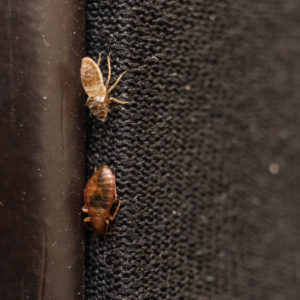Now that winter is officially over, it’s time to start thinking about getting your yard in shape for the warmer months ahead. Winter can take its toll on your yard, and you most likely won’t notice most of the damage that has been done until your first-yard cleanup of the spring season. Winter weather can compact your soil as well as create conditions that are friendly to weeds and disease. It is essential that you thoroughly clean, fertilize and mow over-grown lawn early in the season. Winter may have left some bare spots on your lawn or invasive plants growing in unwanted areas. A healthy summer lawn starts with proper spring maintenance. Spring is a prime time to get your lawn in shape when the sun is shining bright but there is still a cool breeze in the air.
Timely Lawn Maintenance
One of the most important aspects of spring lawn care is to make sure that your lawn has as many opportunities as possible to gently come back to its full potential during the early spring months. If this is done correctly, the sun and soil will do a lot of the work for you. However, starting lawn maintenance too early can have a negative effect on the outcome of your lawn. It is best to let your lawn begin to slowly awaken on its own. If you happen to start yard maintenance before your lawn becomes fully green, you run the risk of compacting the grass or even killing new grass before it has a chance to mature. It is important that you wait until your grass has turned mostly green before you even begin to think about mowing or treating it in the spring.
Raking and Dethatching
Raking is an essential part of preparing your lawn for spring maintenance. Your lawn needs a thorough and deep raking before you begin to mow or treat the grass. Raking up your lawn will allow you to pull up any thatch that may have accumulated over the winter. Raking will also give you the opportunity to find any dead spots or compacted areas that will require special attention once you begin your lawn maintenance.
Tackling spring lawn care on your own can be an overwhelming task. Hiring a professional to come in and do the dirty work has many benefits and will leave your lawn looking beautiful and totally prepared for the warm months ahead. Rentokil will clean your lawn up from any damage the winter did and get your yard in tip-top, spring shape; looking beautiful and welcoming for summer. Contact Rentokil for the best lawn care service available.

 Bed bugs have quickly become the pest of concern across the nation. They are small reddish-brown insects about 3/16 of an inch in size (approximately the size of an apple seed) that feed on the blood of human hosts. They can be in hotels, transportation like taxi cabs, airplanes, trains, and buses; even places like movie theaters and department stores. They don’t care if it’s a five-star hotel or a one-star hotel, or how clean an area is. They can infest any type of indoor area.
Bed bugs have quickly become the pest of concern across the nation. They are small reddish-brown insects about 3/16 of an inch in size (approximately the size of an apple seed) that feed on the blood of human hosts. They can be in hotels, transportation like taxi cabs, airplanes, trains, and buses; even places like movie theaters and department stores. They don’t care if it’s a five-star hotel or a one-star hotel, or how clean an area is. They can infest any type of indoor area.